George Ogden Abell was an American educator. Teaching at UCLA, priorly he worked as a research astronomer, administrator, as a popularizer of science and of education, and as a skeptic. He earned his B.S. in 1951, his M.S. in 1952 and his Ph.D. in 1957, all from the California Institute of Technology. He was a Ph.D. student under Donald Osterbrock. His astronomical career began as a tour guide at the Griffith Observatory in Los Angeles. Abell made great contributions to astronomical knowledge which resulted from his work during and after the National Geographic Society - Palomar Observatory Sky Survey, especially concerning clusters of galaxies and planetary nebulae. A galaxy, an asteroid, a periodic comet, and an observatory are all named in his honor. His teaching career extended beyond the campus of UCLA to the high school student oriented Summer Science Program, and educational television. He not only taught about science but also about what is not science. He was an originating member of the Committee on Scientific Investigation of Claims of the Paranormal now known as the Committee for Skeptical Inquiry.

Ellen Dorrit Hoffleit was an American senior research astronomer at Yale University. She is best known for her work in variable stars, astrometry, spectroscopy, meteors, and the Bright Star Catalog. She is also known for her mentorship of many young women and generations of astronomers.
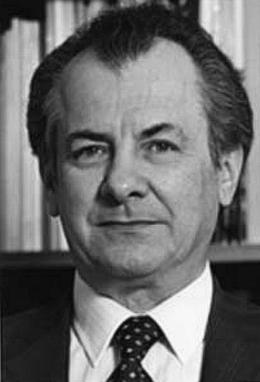
Gérard Henri de Vaucouleurs was a French astronomer.

Donald Lynden-Bell CBE FRS was a British theoretical astrophysicist. He was the first to determine that galaxies contain supermassive black holes at their centres, and that such black holes power quasars. Lynden-Bell was President of the Royal Astronomical Society (1985–1987) and received numerous awards for his work, including the inaugural Kavli Prize for Astrophysics. He worked at the University of Cambridge for his entire career, where he was the first director of its Institute of Astronomy.
The Centaurus Cluster (A3526) is a cluster of hundreds of galaxies, located approximately 170 million light-years away in the Centaurus constellation. The brightest member galaxy is the elliptical galaxy NGC 4696 (~11m). The Centaurus cluster shares its supercluster, the Hydra–Centaurus Supercluster, with IC4329 Cluster and Hydra Cluster.
The Bright Star Catalogue, also known as the Yale Catalogue of Bright Stars, Yale Bright Star Catalogue, or just YBS, is a star catalogue that lists all stars of stellar magnitude 6.5 or brighter, which is roughly every star visible to the naked eye from Earth. The catalog lists 9,110 objects, of which 9,095 are stars, 11 are novae or supernovae, and four are non-stellar objects which are the globular clusters 47 Tucanae and NGC 2808 (HR 3671), and the open clusters NGC 2281 (HR 2496) and Messier 67 (HR 3515).

The Perseus cluster is a cluster of galaxies in the constellation Perseus. It has a recession speed of 5,366 km/s and a diameter of 863′. It is one of the most massive objects in the known universe, containing thousands of galaxies immersed in a vast cloud of multimillion-degree gas.
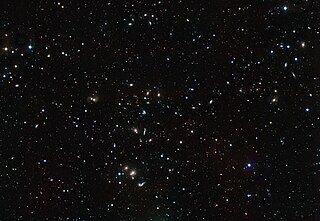
The Hercules Cluster is a cluster of about 200 galaxies some 500 million light-years distant in the constellation Hercules. It is rich in spiral galaxies and shows many interacting galaxies. The cluster is part of the larger Hercules Supercluster, which is itself part of the much larger Great Wall super-structure.

The Antlia Cluster is a cluster of galaxies located in the Hydra–Centaurus Supercluster. The Antlia Cluster is the third-nearest to the Local Group after the Virgo Cluster and Fornax Cluster. Antlia's distance from Earth is 40.5 megaparsecs to 40.9 Mpc (133.4 Mly) and can be viewed from Earth in the constellation Antlia. The Antlia Cluster should not be confused with the Antlia Dwarf galaxy.
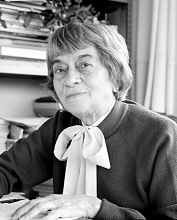
Marie Paris Pişmiş de Recillas was an Armenian-Mexican astronomer.
Marc Postman is an American astronomer at the Space Telescope Science Institute in Baltimore, Maryland, United States. His research interests include observational studies of the formation and evolution of galaxies and large scale structure in the universe. His work focuses on determining, observationally, the relationships between galaxy-scale phenomena and the surrounding large-scale environment and matter distribution. His recent research includes characterizing the properties of brightest cluster galaxies and placing new constraints on the cosmic optical background.

Abell 1413 is a massive and rich type I galaxy cluster straddling the border between the constellations Leo and Coma Berenices, with the projected comoving distance of approximately 640 Mpc (2.1 billion ly). The cluster is especially notable due to the presence of its very large brightest cluster galaxy (BCG), one of the most extreme examples of its type, as well as one of the largest galaxies known. The cluster was first noted by George O. Abell in 1958.

Warrick John Couch is an Australian professional astronomer. He is currently a professor at Swinburne University of Technology in Melbourne. He was previously the Director of Australia's largest optical observatory, the Australian Astronomical Observatory (AAO). He was also the president of the Australian Institute of Physics (2015–2017), and a non-executive director on the Board of the Giant Magellan Telescope Organization. He was a founding non-executive director of Astronomy Australia Limited.

NGC 708 is an elliptical galaxy located 240 million light-years away in the constellation Andromeda and was discovered by astronomer William Herschel on September 21, 1786. It is classified as a cD galaxy and is the brightest member of Abell 262. NGC 708 is a weak FR I radio galaxy and is also classified as a type 2 Seyfert galaxy.
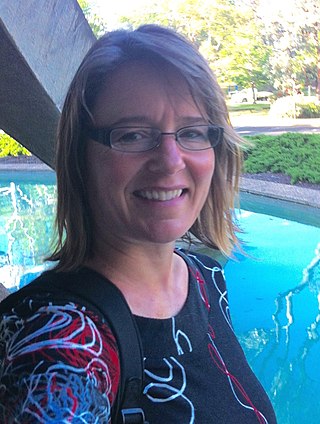
Kim A. Venn is a professor of physics and astronomy at the University of Victoria, Canada, and director of the university's Astronomy Research Centre. She researches the chemo-dynamical analysis of stars in the galaxy and its nearby dwarf satellites.
Florence Shirley Patterson Jones was a Canadian-born American astronomer.
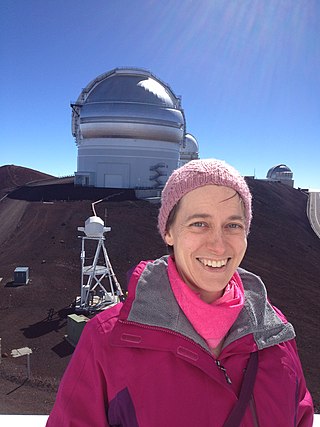
Pauline Barmby is a Canadian astronomer currently based at the University of Western Ontario. She studies galaxies, their formation and evolution from an observational standpoint. She studies both nearby galaxies and those at high redshift using telescopes like the Spitzer Space Telescope. She is the co-chair, with Bryan Gaensler, of the Canadian Astronomy 2020 Long Range Plan.
Laura Patricia (Pat) Bautz (1940–2014) was an American astronomer who worked for many years at the National Science Foundation, where she directed the Division of Astronomical Science. The Bautz–Morgan classification of galaxy clusters is named for her work with William Wilson Morgan, published in 1970.

Abell 63 is a planetary nebula with an eclipsing binary central star system in the northern constellation of Sagitta. Based on parallax measurements of the central star, it is located at a distance of approximately 8,810 light years from the Sun. The systemic radial velocity of the nebula is +41±2 km/s. The nuclear star system is the progenitor of the nebula and it has a combined apparent visual magnitude of 14.67. During mid eclipse the magnitude drops to 19.24.

Grant Tremblay is an American astrophysicist notable for research on supermassive black holes, science communication, and public advocacy for large space telescopes. He is currently an Astrophysicist at the Harvard-Smithsonian Center for Astrophysics, and was formerly a NASA Einstein Fellow at Yale University, a Fellow at the European Southern Observatory (ESO), and an Astronomer at ESO's Very Large Telescope.













